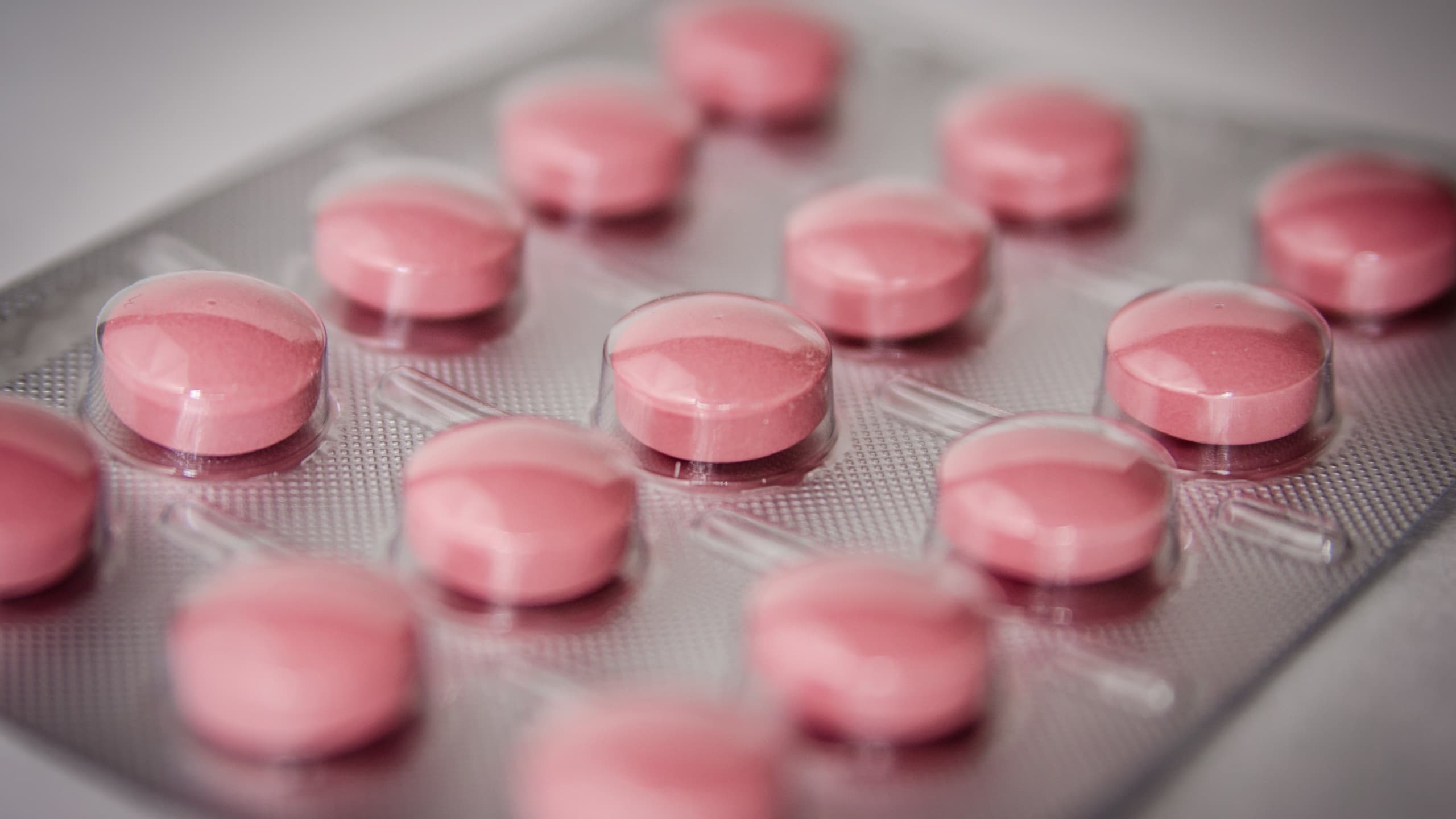Suboxone detox is a critical step in the journey toward recovery for individuals who are opioid addicted. Medical professionals commonly use Suboxone (buprenorphine and naloxone) for medicated detox in addiction treatment for people with opioid use disorder. While misuse of buprenorphine decreased among adults with opioid addiction in 2015-2019, there is still a risk of addiction to the drug.










